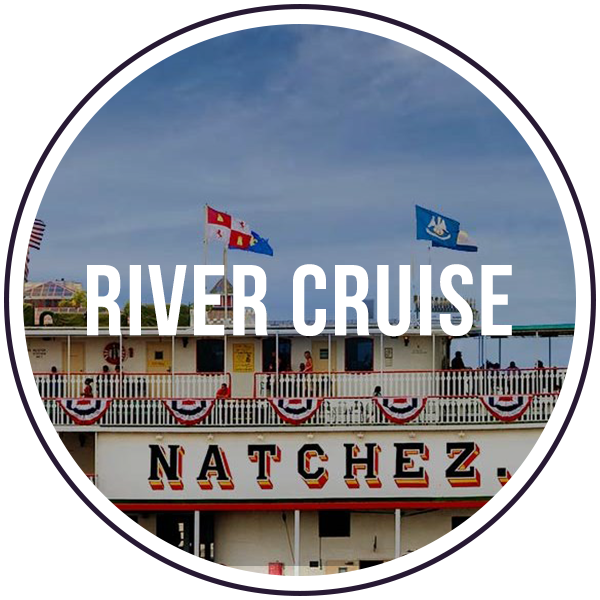The Second Line parades are a unique and cherished tradition in New Orleans. Originating from the African-American community, these parades blend elements of African and European cultural traditions, creating a vibrant and energetic celebration of music, dance, and community.
The term “second line” refers to the group of people who follow the main parade or marching band. They often carry handkerchiefs or parasols and engage in spontaneous dancing, twirling, and other joyful expressions. The main parade is typically led by a brass band, playing a mix of jazz, blues, and gospel music, which sets the lively and infectious rhythm for the procession.
Second Line parades are commonly held for various occasions, such as weddings, funerals, or organizational events. They can also occur spontaneously, especially during festive times like Mardi Gras or Jazz Fest. The parades are a way for participants to celebrate and showcase their culture, share their joy with others, and pay homage to their ancestors.
The participants, known as “second liners,” come from diverse backgrounds and age groups. They dress in colorful outfits, often including traditional Mardi Gras Indian costumes and feathered headdresses. Each second liner has their unique style, making the parades a vibrant display of individuality and creativity.
One famous element of Second Line parades is the “Umbrella Girl” or “Baby Doll,” who leads the procession. She carries a parasol and dances with intricate footwork, captivating the crowd with her grace and style. The Umbrella Girl is an essential figure in the parade, embodying the spirit and tradition of Second Line celebrations.
Throughout the parade route, the second liners engage with the crowd, inviting them to join the festivities. These interactions create a sense of unity and togetherness, as people from all walks of life come together to dance, sing, and celebrate in the streets.
In addition to the cultural significance, Second Line parades also have a social impact. They provide a platform for local musicians, as well as support the local economy through the purchase of food, drinks, and handmade crafts from street vendors.
Overall, the Second Line parades of New Orleans are a cherished tradition deeply rooted in the city’s history and culture. The infectious music, vibrant outfits, and enthusiastic dancing create an atmosphere of celebration, uniting people and fostering a sense of pride in their community and heritage.


